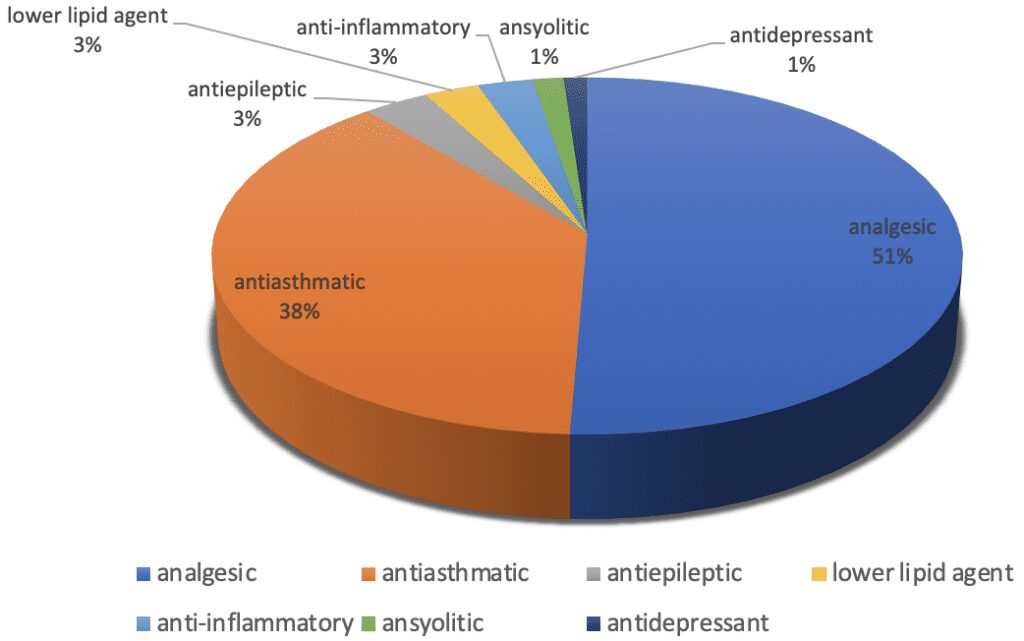Emerging Pollutants
Earth is really an ocean planet! Not only the ocean covers the majority of Earth surface, as it his home to the most life forms. However human activity is its greatest threat. All we do on land has a profound effect on the ocean from chemical and other environmental pollutants to debris. Plastics, for example, one of the greatest challenges at this time. It is crucial to better understand the impact of emerging pollutants to promote a healthy and sustainable ocean.

Chemicals are essential components of modern society and highly influence everyday life and well-being. Their production increased over the years and some of these compounds mobilized by human activities find their way to the marine environment.
The marine environment has been threatened for more than 50 years with chemical compounds that constitute a risk to the health of the ocean and the cumulative impacts have accelerated over the years. One of these groups of compounds are the contaminants of emerging concern (CECs) that include pesticides, pharmaceuticals and personal care products (PPCPs), fragrances, plasticizers, hormones, alternative brominated flame retardants (aBFR) used in consumer products and building materials, antifoulants nanoparticles, perfluoroalkyl compounds (PFAS) (used for over 60 years in industrial coatings and as stain repellants), chlorinated paraffins, benzotriazoles (used in washing and cleaning products), siloxanes (used in industrial, biomedical and cosmetic applications and anticorrosion agents), algal toxins and various trace elements as rare earths. Some of them that occur naturally or manmade are suspected to be toxic, persistent or bioaccumulate to living organisms and humans.
The presence of CECs in the marine environment is a cause of concern. They reach the marine environment via wastewater inputs and atmospheric transport but there is a knowledge gap on their occurrence, concentration, distribution, and toxicity in the marine environment. The information is limited and only available for some local areas or specific coastal ecosystems. For example, PPCPs have increasingly been detected at low levels in surface waters and some are already known to have a negative impact on marine life. So, the interest and data of PPCPs in the ocean is growing. The most frequently investigated and detected PPCPs in the marine environment are antibiotics (erythromycin, sulfamethoxazole and trimethoprim), antiepileptic (carbamazepine), caffeine, non-steroidal anti-inflammatories (ibuprofen, ketoprofen), analgesics (acetaminophen) and atenolol and gemfibrozil are among the most frequently detected cardiovascular drugs. The majority of data of PPCPs in the marine environment are from North Atlantic, North Sea, Baltic Sea and Mediterranean Sea and the Asian Pacific and recently from coastal sites in the Arctic and Antarctic but there is hardly any information in the Southern Hemisphere. Even so, PPCPs are present in all areas of the ocean with higher levels in areas directly impacted by anthropogenic activities but levels in the sediments are very scarce. Besides pharmaceutical compounds very few data are available for personal care products. The most relevant includes musk fragrances, disinfectants (triclosan) and some UV-filters (benzophenone 3 and octocrylene) used in sunscreens and food additives and even fewer for the other CECs. Because of the lack of information on fate, toxicological and ecotoxicological data to evaluate the risks to the environment there is not yet regulations on CECs to protect the marine environment or human health. Therefore, there is a need to establish monitoring programs to identify their presence, concentration, distribution, and toxicity trends in the marine environment for the most commons CECs to assess their impact on marine biodiversity and human health and take measures to maintain the marine environment clean.

Pharmaceutical compounds in the water of South Coast of Portugal (Gonzalez-Rey et al., 2015)
References
Picot Groz, M., Martinez Bueno, M.J., Rosain, D., Fenet, H., Casellas, C., Pereira, C., Maria, V., Bebianno, M.J., Gomez, E. Detection of emerging contaminants (UVfilters, UV stabilizers and musks) in marine mussels from Portuguese coast byQuEChERS extraction and GC–MS/MS. Science of The Total Environment 493 4(2014): 162-169. 10.1016/j.scitotenv.2014.05.062
Gonzalez-Rey, M., Tapie, N., Le Menach, K., Dévier, M-H., Budzinski, H., Bebianno, M. J. Occurrence of pharmaceutical compounds and pesticides in aquatic systems. Marine Pollution Bulletin 96 7(2015): 384-400. 10.1016/j.marpolbul.2015.04.029
Initiatives
No initiatives to show.
Publications
No publications to show.
